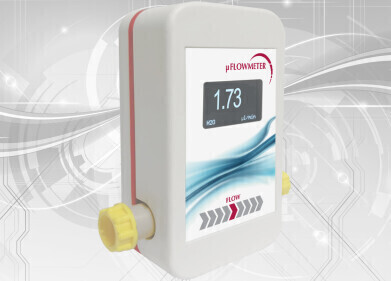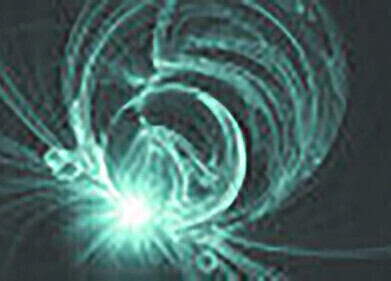LC-MS
Characterising Complex Matrices - Chromatography Can Help
Feb 25 2020
Sometimes as an analyst or chemist your task is quite simple. Is the raw material that has been delivered the correct material and at the right purity or concentration? If it is a solvent, then a quick gas chromatography run will establish its purity and possibly its identification - although this might be better assessed by an infrared scan.
But occasionally you might be presented by a slightly bigger problem. You could be presented with an unknown sample to identify and assay. You could be presented with a small sample and you might not be able to repeat the analysis. Or you could be asked to analyse a complex sample and identify and quantify the individual constituents.
Complex sample analysis
A paper published in the journal Rapid Communications in Mass Spectrometry reports on a method designed to tackle the analysis of cigarette smoke - one of the most complex of samples with an estimated 6000 components. The approach that the team from Switzerland developed is reported to have general applicability and offers a huge potential for the analysis of complex matrices in various scientific fields, such as metabolomics and environmental science.
The process, reported in the paper - A complex matrix characterization approach, applied to cigarette smoke, that integrates multiple analytical methods and compound identification strategies for nonâ€targeted liquid chromatography with highâ€resolution mass spectrometry - was based on combining four chromatographic/ionization techniques with high resolution accurate mass spectrometry. A discussion on the use of high-resolution accurate mass spectrometry in another situation can be found in the article, A Review of the Advances in High Resolution Accurate Mass Spectrometry for Industrialising Omics.
Chromatography working together
The team solved the problem of analysing the complex cigarette smoke matrix by combining four liquid chromatography and ionization techniques before analysing the results of the separations using the high-resolution accurate mass spectrometry. The four techniques were:
- RP-LC/HESI(+) reversed phase - heated electrospray ionization (+)
- RP-LC/HESI(-) reversed phase - heated electrospray ionization (-)
- RP-LC/APCI(+) reversed phase - atmospheric pressure chemical ionization
- HILIC/HESI(+) hydrophilic interaction liquid chromatography - heated electrospray ionization (+)
The separations were ionizes as indicated before analysis using a high-resolution accurate mass spectrometer (HRAM-MS). The resulting data was analysed using various software and compared with existing mass spectrometry libraries to identify the various compounds. The team identified over 300 different compounds within the cigarette smoke sample.
The team found that for cigarette smoke, RP-LC/HESI(+) identified almost 200 of the compounds - but it also proposed the most compounds that were reactive intermediates that could not be identified. The team conclude that the method they deployed demonstrates that an integrated approach can be used for complex samples and could be expanded to analyse samples from different fields.
Events
May 11 2025 Vienna, Austria
May 18 2025 Tempe. AZ, USA
May 21 2025 Birmingham, UK
Jun 01 2025 Baltimore, MD, USA
Jun 15 2025 Bruges, Belgium














